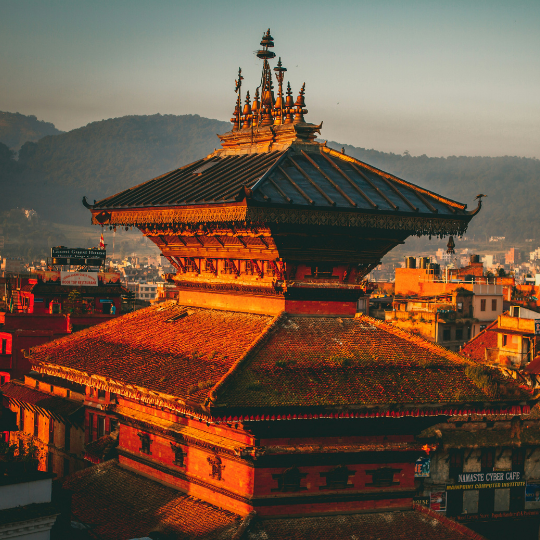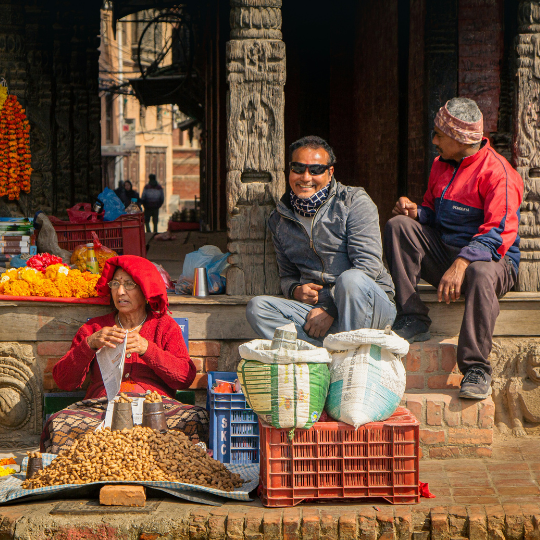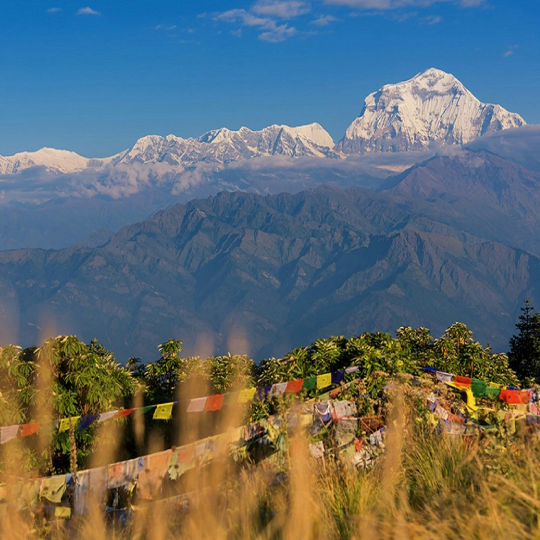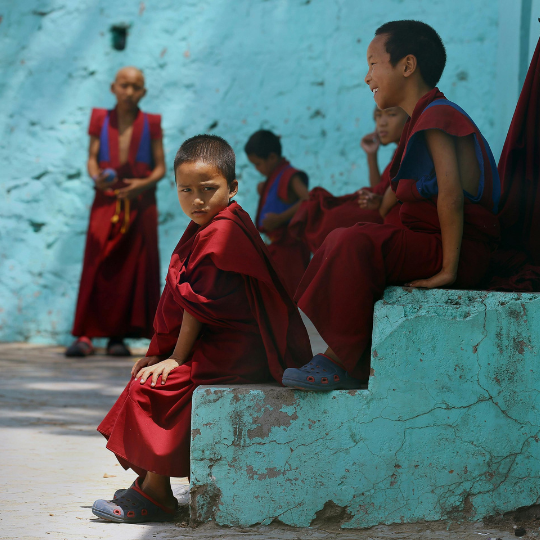





Nepal is often reduced to its mountains, but it is so much more. This land holds its own — with a rhythm and character that demand respect. Travel here is not about summits and snapshots, but about connection, discovery, religion and people — ensuring its sacred landscapes and cultures endure for generations.
The Everest trail may be the world’s most famous, but Nepal holds endless other journeys. Beyond Everest, trek the serene Annapurna circuit, wander the remote kingdom of Mustang, or hike through Langtang’s forests alive with red pandas. Every trail tells a story — of nature, of resilience, of devotion.
Once a prosperous stop on the India–Tibet trade route, Bandipur’s cobbled streets, traditional Newari houses, and mountain views feel like a walk through history. It’s a living open-air museum — where life unfolds slowly, and sunsets drape the Himalayas in gold.
Although Nepal’s railways are few, its borders touch India’s heritage lines — and combined journeys open up new worlds. Ride the toy train through Darjeeling’s tea gardens, then cross into Nepal to explore Janakpur, a sacred Hindu city alive with stories of the Ramayana. These rails and roads together create tales that linger long after.
In the southern plains, the Tharu people reside near the forests and rivers of the Terai. Their homes, dances, and festivals celebrate resilience and harmony with the land. Visiting them is less about witnessing an “exotic tribe” and more about seeing how community, tradition, and sustainability are interwoven in daily life.